Category Archive: Legislation

Extending Graduated Driving Laws Beyond Age 17
November 3, 2014
Should state legislatures consider extending graduated driving laws beyond age 17? According to a recent study by the AAA Foundation for Traffic Safety, in spite of the fact that many teens are delaying getting a license until they are older, novice drivers could benefit from graduated driving laws (GDL), even if they are older than age 18.
By looking at teen crash statistics in two states where GDL laws apply only to 16 and 17 year olds and comparing them to the State of New Jersey, where GDL laws apply to all drivers up to the age of 21, AAA feels the data shows that state legislatures should consider extending graduated driving laws, at least for the first six months, for all novice drivers under the age of 21.
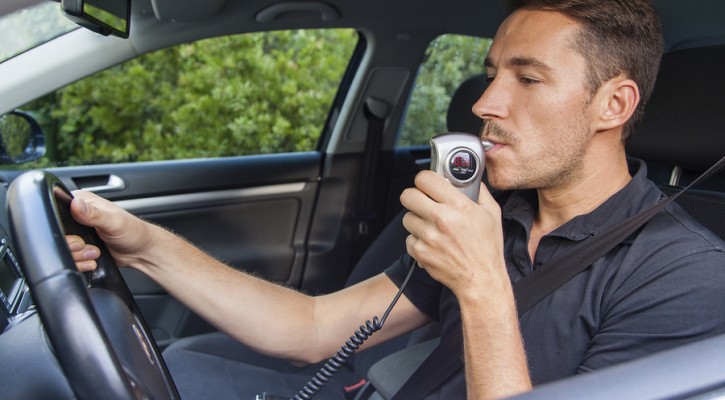
A Single Statistic: Ignition Interlocks
October 14, 2014
Do ignition interlocks prevent drunk driving for first time offenders? A recent study shows that understanding a single statistic can change the public’s attitude on the need for safe driving laws. With that in mind, we are posting a series of single statistics on a variety of traffic safety issues. Many lawmakers are reluctant to enact driving safety laws because they feel – rightly or wrongly – that the public doesn’t support such reforms. If your state legislature is debating a traffic safety issue, it’s hoped that this single statistic will provide the public with the knowledge needed to make informed decisions that they can then share with their representatives.
The Issue: Requiring ignition interlocks for all offenders
Should all states require that an ignition interlock device (IID) be installed on all vehicles driven by a person convicted of DUI, even for a first offense? Twenty two states currently have laws requiring that an ignition interlock device be installed for all driving under the influence (DUI) offenders. Organizations such as Mothers Against Drunk Driving (MADD) are urging all states to pass laws requiring ignition interlocks for all DUI offenders. Both MADD and the National Highway Traffic Safety Administration (NHTSA) have proposed model guidelines to encourage all states to pass laws requiring IIDs for all first time offenders.
The Risks:
According to NHTSA, 10,322 people were killed in alcohol-impaired-driving crashes in 2012. These alcohol- impaired-driving fatalities accounted for 31 percent of the total motor vehicle traffic fatalities in the United States. Traffic fatalities in alcohol-impaired-driving crashes increased by 4.6 percent from 9,865 in 2011 to 10,322 in 2012. It’s estimated that one out of three drivers will be involved in an alcohol related crash at some point in their life.
The Single Statistic:
Previous NHTSA research of convicted drunk drivers show that those with interlocks installed are 75 percent less likely to repeat the behavior compared to those who do not.
Find your representative:
If you wish to share your thoughts on this issue with your state representatives, you can find their contact information by visiting: Find Your State Legislator – Open States
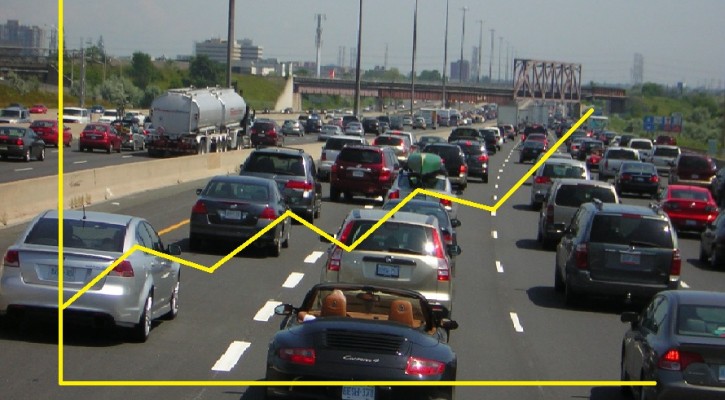
A Single Statistic: Anti-Texting Laws
October 9, 2014
Do Anti-texting laws work? A recent study shows that understanding a single statistic can change the public’s attitude on the need for safe driving laws. With that in mind, we are posting a series of single statistics on a variety of traffic safety issues. Many lawmakers are reluctant to enact driving safety laws because they feel – rightly or wrongly – that the public doesn’t support such reforms. If your state legislature is debating a traffic safety issue, it’s hoped that this single statistic will provide the public with the knowledge needed to make informed decisions that they can then share with their representatives.
The Issue: Anti-texting laws
- According to the Center for Disease Control, 31% of U.S. drivers ages 18-64 reported that they had read or sent text messages or email messages while driving at least once within the 30 days before they were surveyed.
- In 2011, 3,331 people were killed in crashes involving a distracted driver, compared to 3,267 in 2010.
- According to Distraction.gov, 10% of all drivers under the age of 20 involved in fatal crashes were reported as distracted at the time of the crash. This age group has the largest proportion of drivers who were distracted.
- A quarter of teens respond to a text message once or more every time they drive.
The Risks:
- When texting, a driver’s eyes are off the road for approximately five seconds. In five seconds, at 40 mph, a car will travel 330 feet. That’s equivalent to driving more than the length of a football field while blindfolded.
- Engaging in visual-manual subtasks (such as reaching for a phone, dialing and texting) associated with the use of hand-held phones and other portable devices increased the risk of getting into a crash by three times.
Primary or Secondary Anti-texting laws:
- Some states have passed “primary” laws banning texting by all or a portion of their drivers. A primary anti-texting law allows law enforcement to stop and ticket a driver just for texting while driving.
- Other states have passed “secondary” anti-texting laws. With a secondary law, law enforcement can only issue an anti-texting ticket to a driver if they witness a driver engaged in another primary driving offense such as speeding or running a red light while texting.
To see a list of states with primary or secondary cell phone and anti-texting laws, visit: Cellphones and texting
The Single Statistic:
According to a study by the University of Alabama at Birmingham School of Public Health:
- Primary anti-texting laws were associated with a three percent reduction in traffic deaths among all age groups.
- Primary texting laws that only target young drivers were associated with an 11 percent reduction of fatalities among the 15 to 21 year age group.
- States with secondarily enforced or no restrictions did not see any significant reductions in traffic fatalities.
Find your representative:
If you wish to share your thoughts on this issue with your state representatives, you can find their contact information by visiting: Find Your State Legislator – Open States

A single statistic can increase public support for traffic safety laws
October 8, 2014
Awareness of a single statistic can change public attitudes regarding the need for certain traffic laws according to a study conducted by the Johns Hopkins Center for Injury Research and Policy at the Johns Hopkins Bloomberg School of Public Health.
The researchers surveyed 2,397 adults across the nation concerning their opinion (for or against) of four separate traffic safety laws – mandatory use of bicycle helmets for children under 16, the use of red-light cameras in school zones, mandatory ignition interlock installation for people convicted of driving under the influence (DUI) and a requirement that in-vehicle information entertainment systems be disabled when a car is moving.
After tabulating the results, the respondents were given a statistic showing the injury risk associated with the law or the ability of the law to reduce those injuries. They were then given another survey on their attitudes toward the laws. After viewing the statistics, the number of respondents showing support for the laws increased dramatically.
In the first survey a majority of respondents reported that they were supportive or strongly supportive of the laws:
- 74.8 percent favored mandatory use of bicycle helmets for children under 16
- 74.4 percent favored mandatory ignition interlock installation for people convicted of driving under the influence (DUI)
- 61.4 requirement that in-vehicle information entertainment systems be disabled when a car is moving.
- 58 percent favored use of red-light cameras in school zones
After receiving statistic showing the law’s effectiveness in preventing injuries, respondents showing support for the laws increased by:
- 30.7 percent for requirement that in-vehicle information entertainment systems be disabled when a car is moving.
- 22.2 percent for use of red-light cameras in school zones
- 20 percent for mandatory use of bicycle helmets for children under 16
- 20 percent for mandatory ignition interlock installation for people convicted of driving under the influence (DUI)
State legislators are often wary of enacting new traffic safety laws because they feel that the public won’t support the measure. However, in many cases, either the legislators have failed to properly gauge public support or those in favor of the law have failed to make their voices heard.

Schools Should Start Later Say US Pediatricians
August 25, 2014
Middle and high schools should start later say the American Academy of Pediatrics. In a policy statement put out today by the organization, the Academy called on schools with students from the age of 10 and above to start no earlier than 8:30 AM. This is being done for health and safety reasons in order to ensure teens get enough sleep.
According to the Academy, teen sleep cycles naturally shift and it’s nearly impossible for the average teen to get to sleep earlier than 10:30 PM. Teens also need more sleep for their developing bodies. Schools that start too early prevent teens from getting a full night’s sleep. Only 15 percent of the nation’s schools start at 8:30 or later and 40 percent start earlier than 8:00 AM. A poll conducted by the National Sleep Foundation showed that 59 percent of middle school and 87 percent of high school students get the recommended amount of sleep each night.
We wrote on this subject back in 2010 in an article titled: School Start Times Related To Teen Crash Rate. Studies at that time showed that teens in schools that start too early have a higher crash rate and don’t perform as well academically compared to teens in school districts that start later.
The Academy of Pediatrics called on parents to start a dialogue with their local school boards to push for later start times. Read more: Pediatricians Say School Should Start Later For Teens’ Health
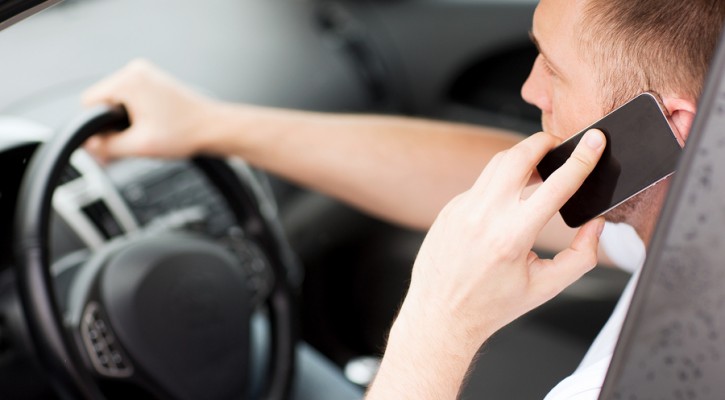
Austin TX Proposes Hand-held Cellphone Ban
August 8, 2014
Safety officials are proposing a ban on hand-held cellphone use while driving in the City of Austin Texas. If passed by the city council, the proposal would make it illegal to talk, text or use a cellphone behind the wheel of a vehicle. Drivers could still use their cellphone to call 911.
What these officials don’t seem to realize is that it isn’t the act of holding a cell phone in your hand while driving that’s dangerous, it’s the act of carrying on a cellphone conversation while driving. Several studies have shown that whether the phone is hand-held or hands-free, the dangers are still the same because the problem stems from what the brain is doing and not the hands. Continue Reading
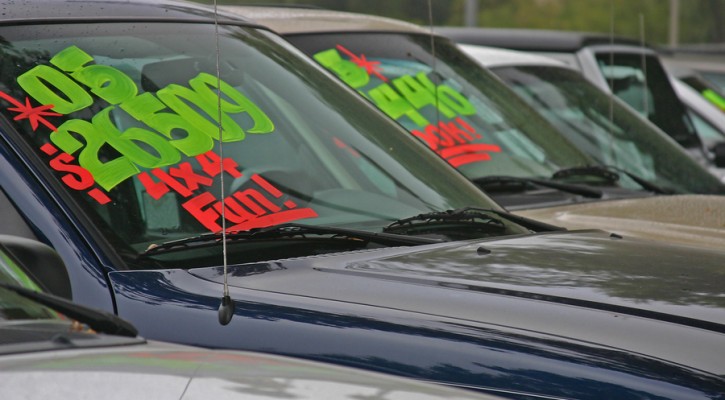
NY City: Recalled Used-Cars Must Be Repaired
August 4, 2014
In May, we posted on the fact that there is no federal law requiring used-car dealers to repair cars that have been recalled. Often, used-car buyers are not informed that the vehicle they are buying has been recalled or that there may be serious safety defects on the vehicle. New York City, strictly following a state law that requires all vehicles to be safe and roadworthy, is imposing new rules on used-car dealers requiring that recalled vehicles in their inventory be repaired before they can be sold to the public. Read more: New York City Imposes a Used-Car Repair Rule
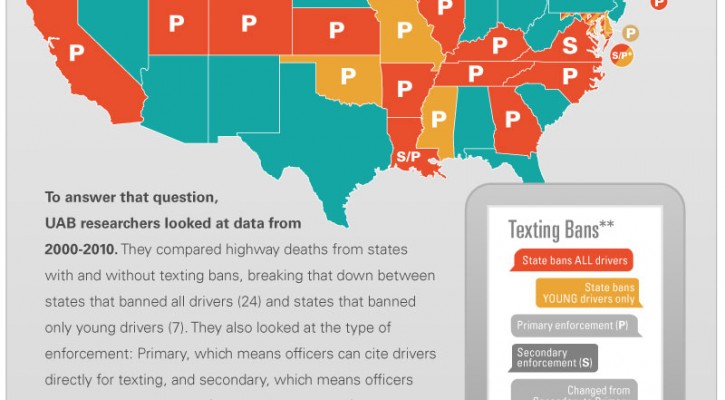
Study: Primary Texting Laws Save Lives
July 30, 2014
States with primary laws banning texting while driving have shown a reduction in traffic deaths as opposed to those states with secondary laws or no texting law at all according to a study published by the University of Alabama at Birmingham School of Public Health. States with secondary anti-texting laws showed no significant reduction in traffic deaths. Deaths among the 15 to 21 year old age group were reduced by 11 percent. Continue Reading
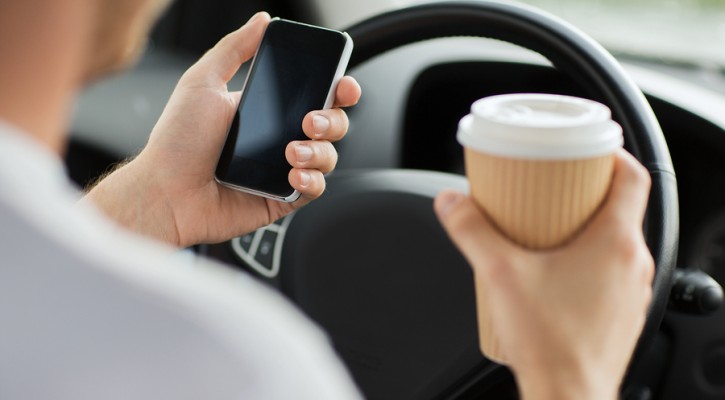
Do Anti-Texting Laws Work?
July 9, 2014
In a study published in the American Journal of Public Health, researchers looked at traffic deaths in 48 states over a ten year period (2000-2010) and compared traffic deaths in states with texting bans to states without. In those states with texting bans, they compared traffic fatalities within the state before and after the texting ban went into effect. For states with primary anti-texting laws, the results are positive. Read more: The impact of texting laws on motor vehicle fatalities
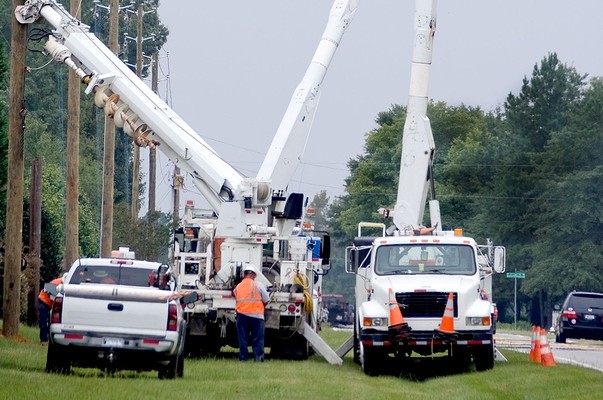
New Move Over Law Takes Effect July 1st
June 30, 2014
A new bill passed into law and signed by the governor of Florida makes important changes to the Florida Move Over Law. In addition to police, fire, and tow trucks, HB 7005 adds sanitation vehicles and utility service vehicles to the Move Over Law. Florida’s Move Over Law requires that motorists approaching an emergency vehicle such as police, fire ambulance, or tow truck and, beginning July 1st, sanitation and utility service vehicles with their emergency lights flashing to move over into the lane opposite the emergency vehicle or, if moving over isn’t possible, to slow to 20 mph under the posted speed limit. The deaths of a Florida Highway Patrol trooper in May and a tow truck operator on June 28th, shows the importance of this law.
